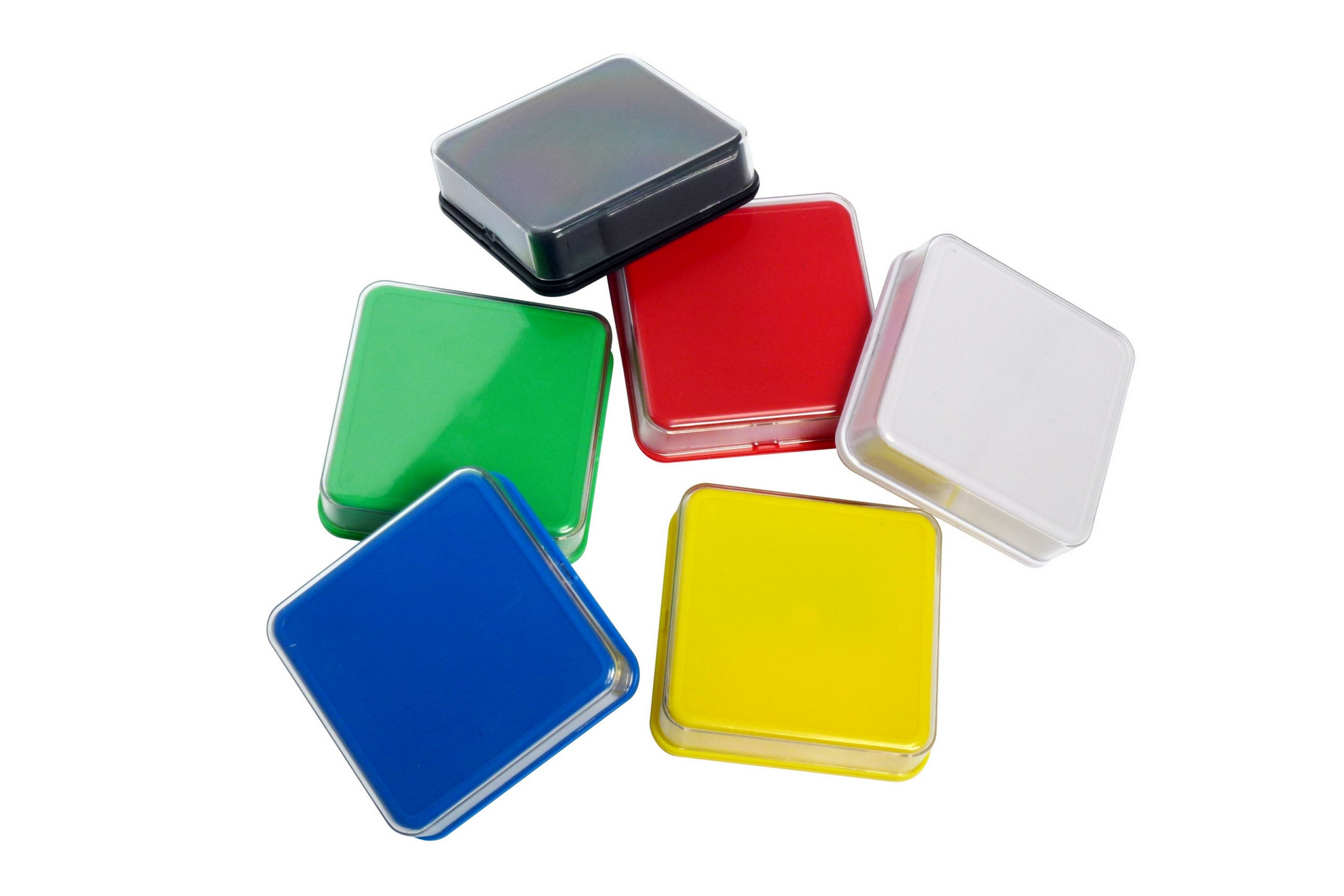BLOG


Strategies for Success of Tactile Learners
Many children with special needs often learn differently than others. For these learners, a hands on approach can greatly enhance their learning process and lead to success. For this very reason, teachers as well as parents need to know how to accommodate these students.
Almost everyone learns through their sense of touch. But sometimes, tactile learning can be somewhat distracting for a few, while serving a vital role for others. Learning specialists and educational therapists have found that there are three different types of tactile learning:
- Feeling objects in the environment: Some students learn best when touching or manipulating objects. Using an abacus for math calculations, interacting with a historical diorama, or even sorting sedimentary, igneous and metamorphic rocks can greatly help with the encoding process.
- Sensing words through a writing instrument: Other learners report that feeling the letters form or typing out ideas can help them to process information. This might be, for instance, brainstorming ideas on a dry erase board, taking notes on an iPad, or organizing ideas into outline or web form.
- Engaging with sensory gadgets or doodling: Fidgeting with tactile toys, sensory tools, and drawing helps some learners to focus their attention and keeps them going. This means that every learner has his or her own unique learning needs that are formed by both their cognitive makeup and their past learning experiences.
Accommodating Tactile Learners in a Classroom
Teachers can use a number of strategies to accommodate those students that crave a tactile approach. Be sure to ask the students which strategies are most appealing to their senses. You may not know but special needs kids may have specific preferences. Here are some ways to do that:
- Trace important words while memorizing information.
- Take notes and write outlines.
- Carry a stone, clay, stress ball or sensory gadget that can be rubbed or manipulated while listening or studying.
- Rewrite notes or important facts.
- Draw or trace important diagrams, pictures, graphs, or flowcharts.
- Manipulate materials during hands-on activities.
- Draw images of information that you are learning.
- Organize physical materials. Tactile learners remember where they placed things.
- Play tactile games and activities.
Generally speaking, there are four commonly known styles of learning – visual, auditory, tactile and kinesthetic. Apart from this, there are eight other ways that the brain processes information. Teaching all 12 ways of processing is the best and offers multisensory instruction, as well as assignments that honor all these modalities to help students prepare for academic success.
Learning to meet the individual needs of a student is a great approach. However, it is also important to ensure that their environment is optimized by providing rich, multisensory learning tools that can accommodate the preferences and capabilities of each student. You can find a number of these tools for tactile learners right here at Help Them Shine.

